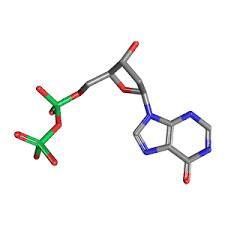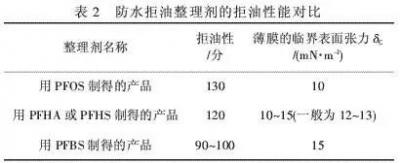10 points for attention: precautions for reactive dyeing operation. According to the market survey, reactive dyes are one of the most widely used dyes in the market at present. This article mainly summarizes 10 common operating misunderstandings and solutions for your reference.
1. Why do you need to use a small amount of cold water to mix the slurry? Why cannot the melting temperature be too high?
(1) The purpose of mixing with a small amount of cold water is to make the dye easy to get soaked. If the dye is directly poured into water, the outer layer of the dye will form a gel to wrap the dye particles, making it difficult for the inside of the dye particles to get soaked and melt. Therefore, you should use small amount of cold water to mix the slurry, and then use hot water to melt it.
(2) If the temperature of melting is too high, it will cause hydrolysis of dyes and reduce the fixation rate of dyes.
2. Why should you add dyes slowly and evenly?
It is mainly to prevent the dye from dyeing too fast. If the dye is added quickly at one time, the dyeing rate will be too fast, which will make the outer layer of the fiber deep and the inner layer shallow. It will easily cause color blur or stripes.
3. Why do you need to dye for a certain time (such as 10 minutes) before adding salt?
Salt is a dye promoter. When the dye reaches a certain extent, it is saturated and difficult to continue dyeing. Salt is added to break the balance. However, it will take about 10-15min before adding salt to promote dyeing, so that the dye can fully penetrate evenly. Otherwise, it is easy to cause color blur or stripes.
4. Why should salt be added in batches?
The purpose of adding salt in batches is to evenly promote the dyeing, so as to avoid rapid dyeing promotion and causing color blur.
5. Why do you have to wait for a certain time (such as 20 minutes) to fix the color after adding salt?
There are two main reasons:
A. This is to make the salt dissolve evenly in the cylinder and fully promote dyeing.
B. This is to make the dyeing promotion reach the dyeing saturation and balance, and then to add alkali to fix the color to achieve the highest dyeing amount.
6. Why does adding alkali become "fixation"?
Salt can only promote dyeing, but alkali can stimulate the activity of reactive dyes and make dyes react with fibers under alkaline conditions (chemical reaction), so that dyes are fixed on fibers. Therefore, it is called "fixation". Also, due to the chemical reaction of this fixation, higher fastness is achieved. Once the color is fixed, the color blur is difficult to be uniform.
7. Why do you need to add alkali in batches?
The purpose of adding in batches is to make the fixation uniform and prevent color blur. If it is added at one time, it is easy to cause excessive concentration of local residual liquid and speed up the reaction with fiber, which will easily lead to color blur.
8. Why do you have to turn off the steam when adding dyes?
A. The purpose of turning off the steam before adding dyes is to reduce the stripes and prevent the color blur.
B. When the temperature on both sides of the control cylinder exceeds 3℃, dyeing will be affected. Stripes will appear when the temperature exceeds 5℃. When the temperature exceeds 10℃, the machine shall be stopped for maintenance.
C. It has been tested that the temperature in the cylinder is basically uniform and equal to the surface temperature 10-15 minutes after the steam is turned off, so regardless of adding H202 during chlorine cooking or adding salt and soda ash during dyeing, the steam should be turned off before feeding.
9. Why do you need to ensure the process holding time after adding alkali?
The holding time should be calculated after adding alkali until the temperature reaches the process heat preservation temperature. Only when the plate is cut according to the process holding time can the quality be guaranteed, because the holding time is determined according to how long it takes for a certain amount of dye to react. This is also the time for the lab to make samples.
10. Several types of cutting plates violating process regulations and causing unstable quality.
Wrong time to cut the plates
Color deviation will be caused due to the problems of pattern, material counting, weighing and re-bathing ratio of cloth, etc. The abnormal situation should be reported to the squad leader or the craftsman. In any case, if the process and holding time are shortened, the dye reaction is not sufficient. The color dyeing is uneven. The fullness and fastness of colors are also problems.
Early cutting and inaccurate adding
Dyeing is stable only when it reaches the process holding time. The earlier the cutting time is, the greater the change will be and the more unstable it is. (After boiling, training, washing and drying, the fabric is sent to the craftsman for coloring. During the period from billing and weighing, the actual heat preservation time of this fabric has been extended. The dyeing has increased at this time. The fabric is too deep to add the supplementary material. It needs to be faded. )
Prolonged cutting time
If the plate is cut after the holding time, the dye reaction has ended. Re-dyeing is useless. On the contrary, some dyes that have been dyed will be hydrolyzed again.



 English
English  日本語
日本語  Español
Español  tiếng việt
tiếng việt  Türkçe
Türkçe  ไทย
ไทย  українська
українська  हिंदी
हिंदी  বাঙালি
বাঙালি  اردو
اردو 


